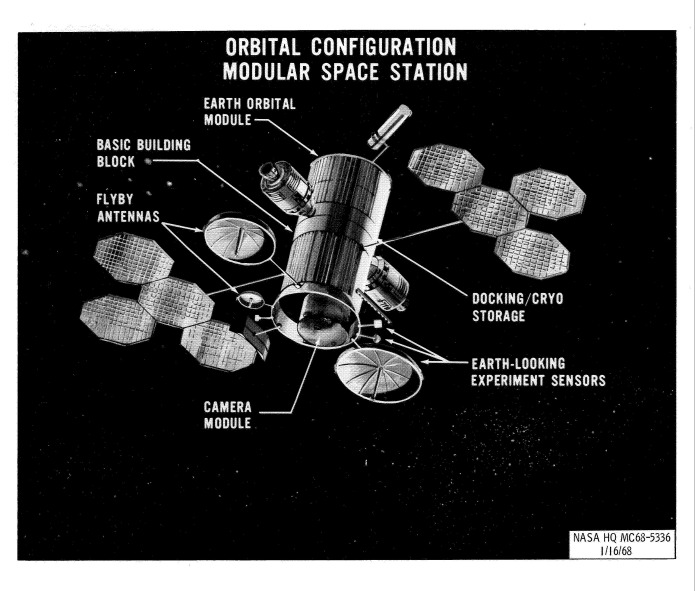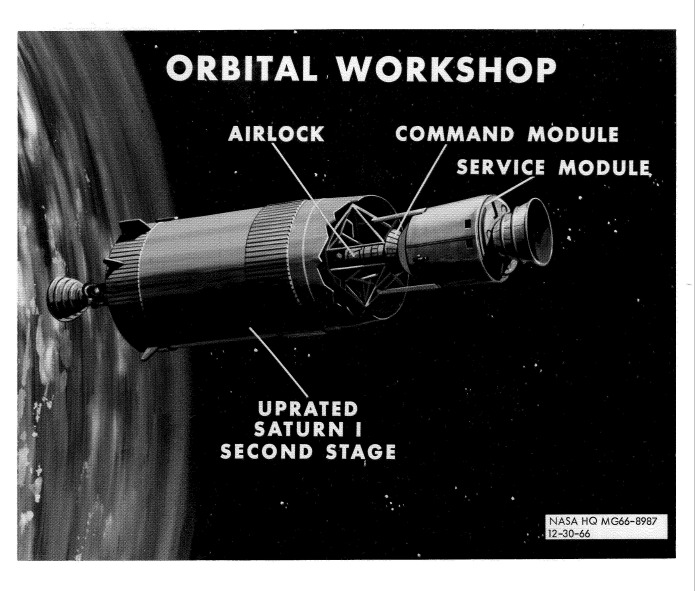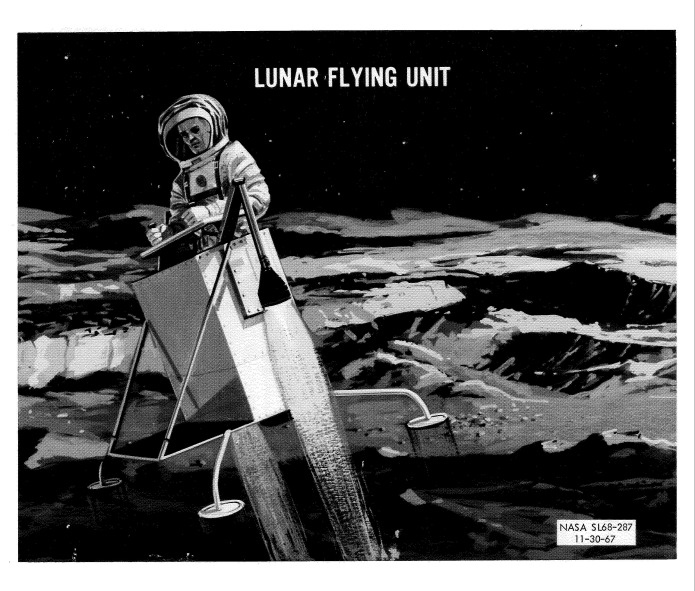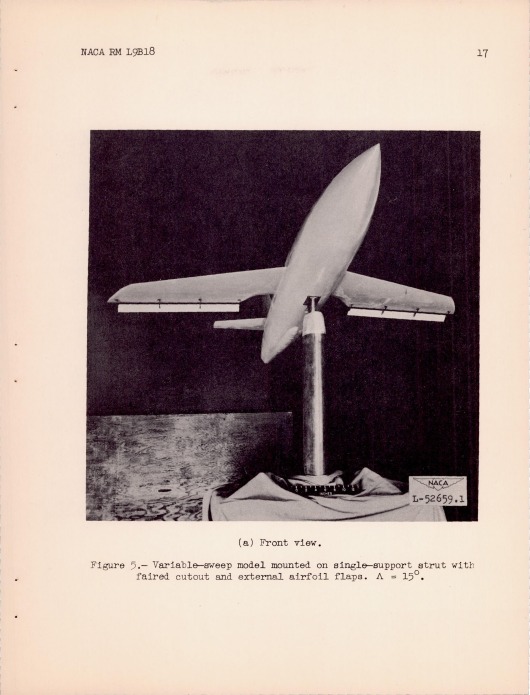
If you’ve been wondering how the party of fear-mongering and authoritarianism was going to respond to the idea of private American companies going to space and the moon, I believe we have us an early test balloon:
One “Brianna Wu” scientifically embarrasses herself, but likely improves her standing with the Luddites, by claiming that “Rocks dropped from there have power of 100s of nuclear bombs.”
Now, on one hand this is true. If you fling a big enough rock from the surface of the moon, it could hit the Earth with kinetic energy similar to the total energy of a nuke. But there’s the thing: in order to do that, you need to *impart* damn near a nukes worth of kinetic energy in the first place. Simply chucking a rock from the lunar surface at lunar escape velocity (about 2.4 km/sec) will not put that rock on a trajectory to the Earths surface, but rather just in a very wide orbit , basically the same orbit the moon has. You’d need to cancel out the orbital velocity, another kilometer or so per second. From there the rock would “fall” to Earth, picking up speed and smacking down with no more than Earth escape velocity, or no more than 11.2 km/sec. So, by accelerating a rock to about 3.5 km/sec, you get it to hit the Earth at about 11 km/sec.
Sounds great for a weapons system. At 11 km/sec, the kinetic energy of one kilogram of rock (or anything) is 60.5 megajoules. One single kiloton of yield is defined as 4.184 terajoules. So to get a kiloton of bang out of a lunar rock, you’d need to launch (4.184 terajoules/60.5 megajoules) 69,157 kilos of rock. Lobbing a seventy-metric ton rock to 3.5 kilometers per second is a non-trivial act. Plus, you have to assure that the rock not only hits the target via accurate guidance, but survives passage through the atmosphere.
But Wu didn’t just say that a rock would have the power of a nuke, but “hundreds” of them. So… let’s say 100 times Fat Man, or 1.5 megatons. That would require the launch not of 70 metric tones, but 105,000 metric tons. The USS Nimitz displaces about 100,000 metric tons. So according to Ms. Wu, the threat posed by the likes of Elon Musk is that he will toss aircraft carriers off the surface of the moon.
Ms. Wu then went on to claim that any criticism of her rather unrealistic fearmongering was due to sexism, and to then decry the militarization of space. Because apparently a few tourists going around the moon will be able to grab chunks of moonrock the size of a carrier battle group and hurl it at Earth.

Silly as her fears are, I won;t be the least bit surprised if they gain traction, and this is used as the basis of an attempt to shut down private spaceflight in the US… or at least to nationalize it “for the children.”
Thanks to blog reader SE Jones for heads-up on this miserable little story.
As always, feel free to check my math.














